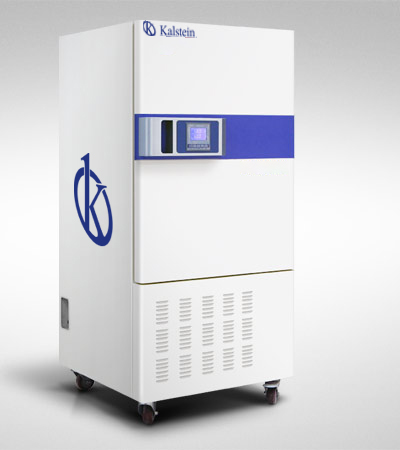Among the great variety of equipment needed to carry out the many activities of a laboratory, we can highlight the use of ovens and laboratory incubators, basic equipment that are often used quite often. Although laboratory ovens and incubators may look the same and generate heat as per user settings, they differ in many factors that make them suitable for their specific function.
Each of these laboratory devices (ovens and incubators), have unique and optimal technical differences for the materials to be measured, processed or analyzed. ovens only heat, and are capable of up to 300ºC; while incubators normally heat from room temperature to 80ºC, making them suitable for testing in the fields of microbiology, biology and cell biology, among others. These commonly have an interior glass door to be able to visualize the samples without altering the interior temperature.
Characteristics of laboratory ovens
The laboratory stove is equipment used to sterilize and dry glass or metal containers used in laboratory work. Using this device it is possible to remove all moisture from the containers whatever their type of manufacture, since it is a chamber with a cavity that has a higher temperature than the room temperature.
They are specially designed equipment with an internal stainless steel chamber, which ensures the control of temperatures that can range from room temperature to 300°C. Laboratory ovens are capable of performing various forced high volume thermal applications, ensuring that a uniform temperature is provided at all times throughout the process. These ovens are used for heating or drying, but are also used for sterilization.
Characteristics of a laboratory incubator
A laboratory incubator is a laboratory equipment that is used to carry out a large number of experimental processes, such as microbiological cultures and cell cultures thanks to its ability to achieve the optimal temperature and humidity for it, as well as carbon dioxide and oxygen levels. They are widely used for applications such as cell and tissue culture, for pharmaceutical and hematological studies, for biochemical studies, food processing and microbiological cultures.
In other words, laboratory incubators allow to store these crops in an optimal environment, favoring the proper development of them thanks to the control of variables such as temperature, pressure and air circulation. These equipment generally have an electrical resistance system controlled by thermostats or microprocessed controls, and has two modes of operation: natural convection, where the airflow is produced by a difference in temperature or forced convection, in which external equipment such as a fan or cooling pump is used to create a current of air.
Main differences between ovens and laboratory incubators
- The working temperature of ovens is up to 300°C (572°F) while incubators can reach up to 100°C (212°F).
- ovens are used in high-temperature applications such as drying and disinfection, and incubators provide an environment conducive to the growth of life forms such as bacteria and other microorganisms.
- Typically, ovens are set at high temperatures, making it unsafe for sample observation, while incubators generally have an additional interior glass door that allows samples to be observed during testing.
- ovens are used in drying and sterilizing materials, as well as in other industrial laboratory functions and instead incubators are very useful for the growth of microbiological cultures.
- In terms of energy consumption, we found that ovens consume more energy because they have more electrical components such as a cooling fan, while incubators consume less energy.
What does Kalstein offer you?
Kalstein is a manufacturer of medical and laboratory equipment of the highest quality and the best technology at the best PRICES in the market, so you can make your PURCHASE confidently with us, knowing that you have the service and advice of a company specialized in the field and committed to provide you with safe, economical and effective options to perform your functions in the right way. HERE
This time we present our Electric Heating Drying Stove YR05248. This innovative equipment with cutting edge technology has the following features:
- Two types of controller types Smart type of microcomputer and LCD screen LCD screen.
- The shell is made of high quality cold rolled steel with environmental electrostatic spray treatment with a pleasant overall color design suitable for all laboratories.
- With a wide-angle viewing window, timer, overheat alarm function.
- The inner chamber of the semicircular corners is easy to clean.
- Two models material stainless steel mirror and cold rolled stainless steel.
- Reasonable air cycle to make the temperature more uniform.
- High temperature resistant silicone for sealing the door, high temperature heat pipes for heating element to ensure safety and extend the life of the equipment.
For more information we invite you to take a look HERE

